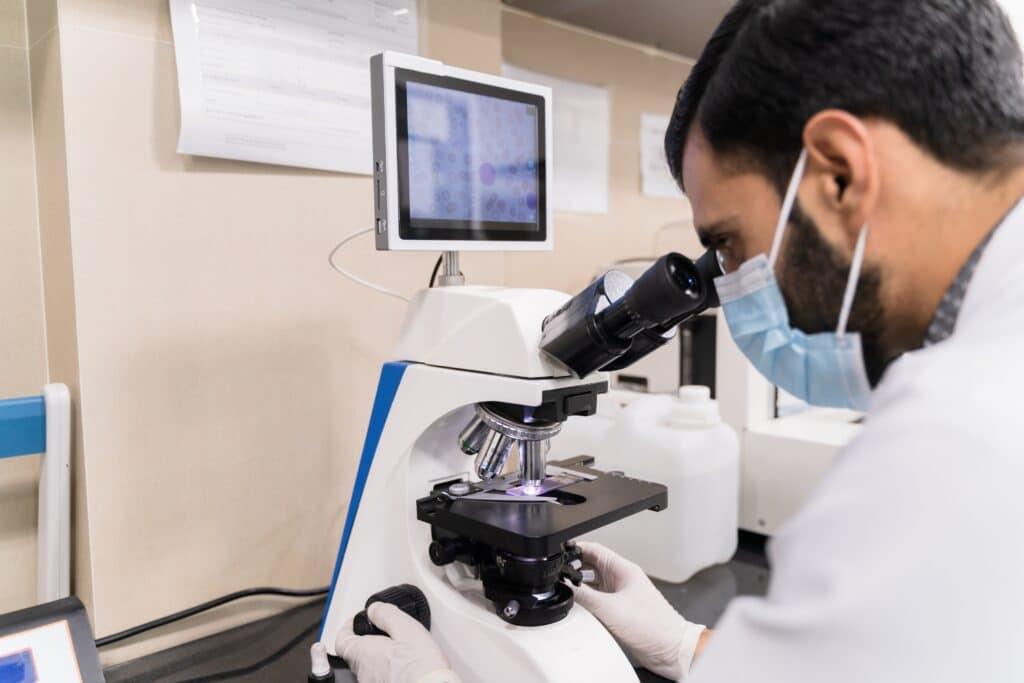Pathological Waste From Preparation to Shipment
Pathological waste, encompassing human and animal tissues, organs, or body fluids, is considered hazardous waste that prompts diligent disposal practices to prevent disease spread. This write-up offers step-by-step guidance and best practices to prepare pathological waste for shipment in compliance with local environmental protection agencies and health departments.
Packaging Pathological Waste
Step one involves the meticulous packaging of pathological waste. A leak-proof, durable container made of plastic or metal is the perfect candidate for this purpose. Ensure the container houses all waste without overflowing, symbolizing effective waste containment.
Labeling: Defining the Contents
Next, labels affixed to the primary containers should detail:
The term “Pathological Waste.”
Collection date
The waste generator’s name and address
Recipient’s name and address (usually a licensed medical waste disposal company)
Leveraging Secondary Containment
The primary waste container should have a cautious position inside a secondary container, like a cardboard box or shipping container. It gives an added layer of protection in case of primary container impairment, eliminating potential leakage risks.
Sealing and Shipping
Finally, seal the secondary container, fasten it securely with packing tape or a similar fastener, and ship it to a certified medical waste disposal company.
Location-Specific Regulations
The outlined steps might vary according to geolocation. Verifying the requirements for pathological waste shipment with the local environmental protection agency or health department is recommended.
Valuable Insiders’ Tips for Smooth Shipment
Following these can enhance your waste management experience:
Drain Fluids: Aim to drain any fluids from the waste before packaging. It reduces waste weight, enabling easier shipment.
Absorbent Materials: Use sawdust or kitty litter to soak up residual fluids, reducing leakage probability during shipment.
Safety First for Sharps: If the waste includes sharps like needles or scalpels, use a sharps container for encapsulation.
Double-Bagging Infectious Waste: The standard recommendation is to double-bag infectious waste to inhibit leakage.
Pathological waste shipment may need to be clarified. Still, by breaking it down into systematic steps and adhering to these best practices, the process becomes manageable, ensuring safe shipment and appropriate disposal.
Choose MedPro Disposal for Safe Pathological Waste Shipment
Entrust MedPro Disposal with the critical task of managing and shipping your pathological waste, and rest assured that strict adherence to all regulations is part of our commitment to you. From packaging to shipping, our services offer you peace of mind in navigating the complexities of pathological waste disposal while ensuring no compromise on safety, environmental responsibility, or regulatory compliance.
What MedPro Disposal offers:
We offer a reliable collection and disposal solutions customized to your specific needs.
A highly experienced team committed to following best practices in the industry.
We give assurance of compliance with all relevant environmental health and safety guidelines.
By partnering with MedPro Disposal, you’re not merely opting for a service provider. You’re choosing a committed partner who understands the importance of safe and efficient pathological waste disposal.
Take a step towards safe, compliant, and efficient pathological waste shipment by contacting MedPro Disposal today! Let’s join hands in maintaining the integrity of our health services and creating a healthier environment for all.



